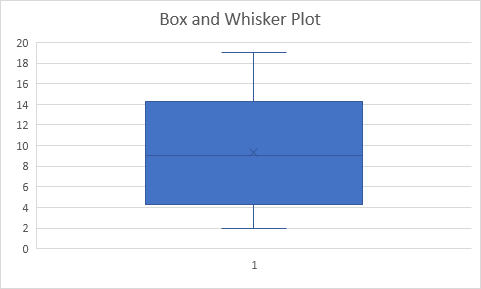

The pitfalls of platform comparison: DNA copy number array technologies assessed. Systematic comparison of microarray profiling, real-time PCR, and next-generation sequencing technologies for measuring differential microRNA expression. The cost of reducing starting RNA quantity for Illumina BeadArrays: A bead-level dilution experiment. The androgen receptor fuels prostate cancer by regulating central metabolism and biosynthesis. Introduction to miRNA profiling technologies and cross-platform comparison. Transducin-like enhancer protein 1 mediates estrogen receptor binding and transcriptional activity in breast cancer cells. The genomic and transcriptomic architecture of 2000 breast tumours reveals novel subgroups. Noninvasive identification and monitoring of cancer mutations by targeted deep sequencing of plasma DNA. The role of high-throughput technologies in clinical cancer genomics. Non-invasive analysis of acquired resistance to cancer therapy by sequencing of plasma DNA. Somatic mutations in ATP1A1 and CACNA1D underlie a common subtype of adrenal hypertension. Multi-genome alignment for quality control and contamination screening of next-generation sequencing data. Progesterone receptor modulates ERα action in breast cancer.

Bioanalyzer chips can be used interchangably for many analyses of DNA or RNA. James has two kids and lives in Norfolk, which is a lot nearer the coast than Cambridge.ĭavies, Denyer & Hadfield. Today the lab offers primarily NGS services on Illumina HiSeq, MiSeq & NextSeq for scientists at CRUK-CI and nine other University departments, as well as single-cell analysis on Fuildigm C1 and 10X Genomics. In 2006 James moved to set up the genomics facility at CRUK's new Cambridge Institute. Although none of his ideas have come to anything yet! At JIC he also won a Biotech competition, and hopes one-day to start a business. In 2000 he set up an Affy and spotted microarray facility at JIC, he co-founded the UK Affy user group, which is still going strong. Over the last 16 years he's worked at the Norfolk & Norwich Hospital on ErbB2, Royal London on Diabetes genetics, the Cambridge Uni Department of Pathology on Immunology group and the John Innes Centre on Wheat disease resistance gene cloning and arrays. In 1995 he developed a differential PCR test for ErbB2 copy number analysis at the same time as real-time PCR came along, a poor choice in hindsight! His career so far has leant towards technology development or implementation. James received a Molecular Biology degree and PhD from the University of East Anglia. Any similarity to the views of anyone, or any organisation, alive, dead or undead are entirely accidental. The views expressed by James in this blog are his own. Illumina generates 300bp reads on MiSeq at Broad.Something for Mr Rothbergs Christmas stocking?.Cufflinks (the ones you wear not the RNA-seq tool).Mis-quantification of Illumina sequencing librarie.MiSeq: possible growth potential part 2.


 0 kommentar(er)
0 kommentar(er)
